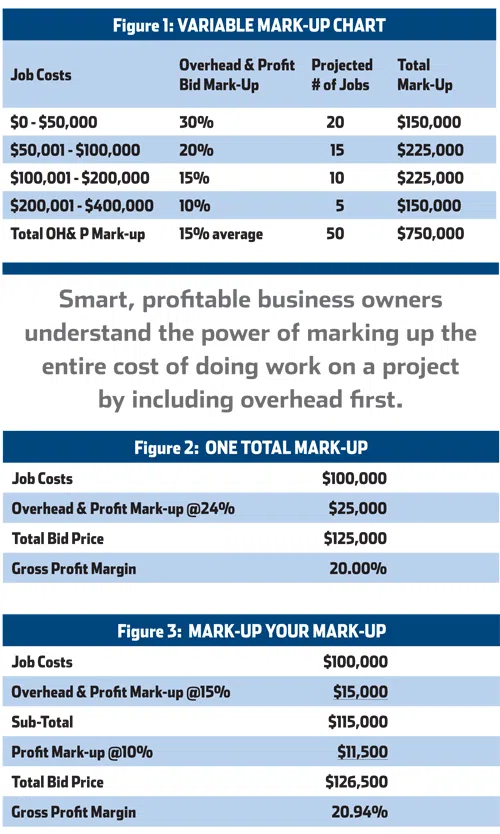Make fewer mistakes and more money by implementing review procedures
Years ago, as a progressive leader of a successful growing company, I wanted my key project managers and superintendents to accept more responsibility and make more decisions on their own without having to check with me first. As a result, I decided to delegate as much of the work to them as possible — writing subcontracts, ordering materials, signing contracts and approving change order requests. As time went on, my review and detailed inspection of their work and decisions became less and less as my trust grew.
Eventually, worst-case scenarios happened that caused us major financial setbacks. In one case, a long-time customer pressured a project manager to agree to some contract clauses that seemed innocent and, months later, the customer held us to this clause that added a lot of additional items into the scope of work.
Since we never intended to perform this work, it wasn’t included into our original cost estimate. Upon my review, it was obvious the project manager had agreed to contract terms he didn’t fully understand.
As I took a hard look at how we did business, I discovered other problems existed within our “trusting” responsibility system. Some project managers were not getting the complete scope of work included in subcontracts they wrote, thus causing cost overruns via change orders on their projects. Some managers weren’t properly reviewing employee timecards and keeping track of all vacation time, and some managers were approving expense accounts without reviewing all reimbursable invoices in detail.
The payroll department wasn’t always charging costs accurately to the right jobs or cost codes in every case, and I found some people were stealing from the company using creative accounting tactics!
Put a Protection System in Place
To remedy the situation, we re-implemented the written company policies that hadn’t been enforced. We also made it clear there are no exceptions for anyone, regardless of their tenure, relationships or position in the company. These newly enforced rules required two people (myself as president or a management team member and the project manager) to review and approve every decision involving company contractual commitments, estimates, change order costs, financial obligations, payments or monetary transactions including all checks issued; contract and subcontract pricing, awards, terms and conditions; expense account approvals and employee reimbursements and credit card statements.
When someone has to review and approve important matters with the person in charge of making these decisions, your company avoids mistakes, omissions and indiscretions. Reviewing decisions with another responsible manager means a second set of eyes will ask how these decisions were made. When a subcontract is awarded, a project manager reviews all the bids, inclusions and exclusions from all the bidders, and then decides which company is the best choice for the job. He then reviews his decision with the president, the estimator or another project manager who initials both the spreadsheet and draft subcontract. The contract award is then made and executed. By adding this one simple review step, you can be assured your projects will have fewer cost overruns and issues to deal with during the project.
To get people to make more decisions and take on more responsibility, give them a system that allows them to do most of the deciding themselves. And when you want to get a second opinion or have someone review the decisions of your empowered employees, make sure you have a system in place that requires a review. Investing time will help ensure you’ll make fewer mistakes and more money.
George Hedley, a construction business owner and nationally recognized professional business speaker, is the founder of HARDHAT Presentations. His book “Get Your Business to Work!” is currently available at his online bookstore at www.hardhatpresentations.com. You can contact George at gh@hardhatpresentations.com or call 800-851-8553.



